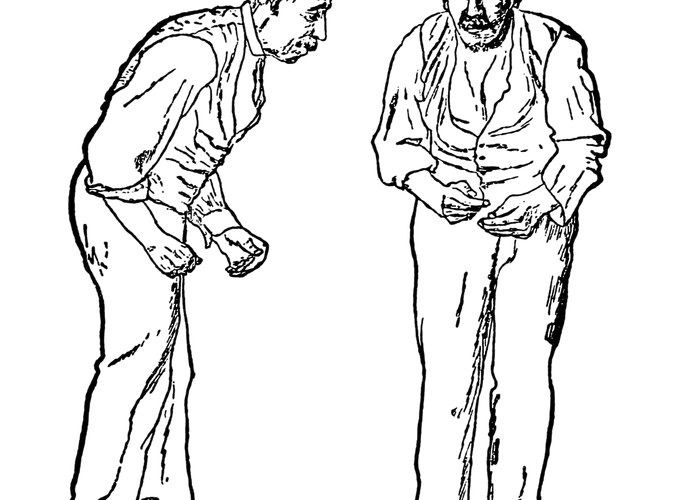A multidisciplinary approach to diagnosing, tracking and predicting disease progression in Parkinson’s disease
Abstract
In Parkinson’s disease (PD), few reliable, objective measures exist for monitoring disease progression, other than clinical scales of neurological and psychiatric disability which are not well-correlated with overall disability. There is a need for additional markers of PD severity which translate to clinical practice. In our work, we are using machine learning and signal processing to develop a composite measure based on non-invasive behavioural and imaging measures (e.g., postural sway, EEG, and eye movements) which have previously been shown to be affected in PD. In tandem with this approach, we are using large publicly-available datasets from smartphone applications (e.g. mPower) to develop effective machine learning algorithms for these much larger but inherently more noisy types of data. Our work using the vowel phonation and accelerometer subsets of the mPower dataset shows the potential to detect symptoms imperceptible to a neurologist. From the signal processing work, preliminary results from clinical measures in the lab show postural sway correlates highly with cognitive and symptom severity measures. Promising new work involves the recent development of a smartphone-based app to measure finger-tapping in PD in the home, which has exciting possibilities for those with PD living in rural and remote areas.
